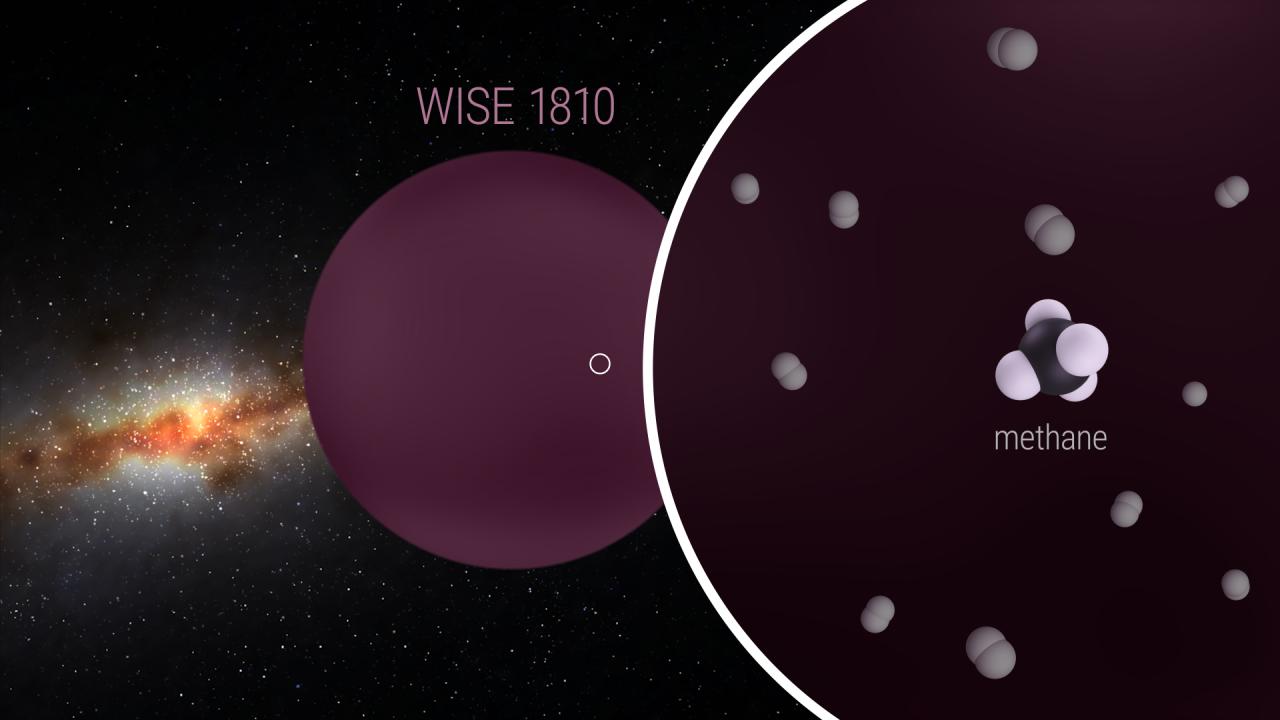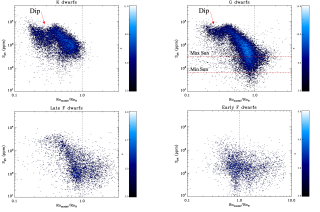WISEA J181006.18-101000.5 (WISE1810) is the nearest metal-poor ultracool dwarf to the Sun. It has a low effective temperature and has been classified as an extreme early-T subdwarf. However, methane--the characteristic molecule of the spectral class T--was not detected in the previous low-resolution spectrum. Constraining the metallicity--the abundance of elements heavier than helium-- of these cold objects has been a challenge. Using the 10.4 m Gran Telescopio Canarias, the largest optical-infrared telescope in the world, we collected a high-quality near-infrared intermediate-resolution spectrum of WISE1810, in which 17 ± 6 ppm of methane is clearly detected, while carbon monoxide is absent. Based on a custom-computed ATMO2020++ model, we estimated an effective temperature of 1000 ± 100 K, a high surface gravity, and a carbon abundance 30 times lower than that of the Sun, implying a metallicity even 50 times lower. We demonstrated that methane abundance can serve as a robust metallicity indicator for these ultracool objects. We also measured a heliocentric radial velocity of -83 ± 13 km/s, inferring that WISE1810 is more likely a thick-disk member of the Milky Way.
Advertised on
Authors
Junyan
Zhang
Nicolas Cédric
Lodieu
Eduardo Lorenzo
Martín Guerrero de Escalante
et al.
References



